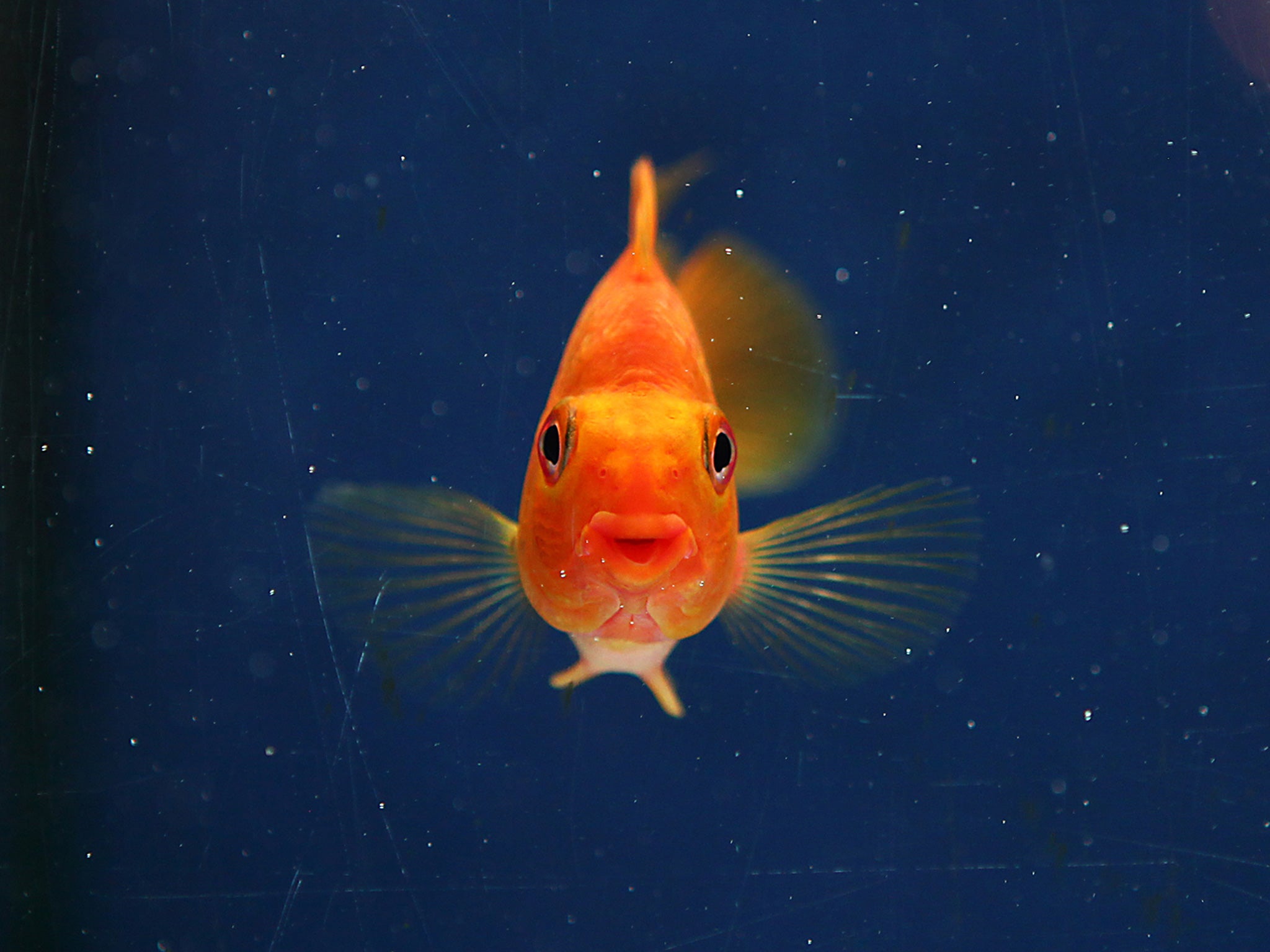There’s new evidence about how mice — and people — evolved from fish

I want you to do something for me. Ready? Okay.
Forget about your arms for a second.
Go on. You can do it. Now fold them up against your body, and stick out your hands so your fingers seem to stick straight out from your shoulders.
Flap them a little. (I'll know if you don't.)
Isn't this a treat? You make a beautiful fish, really.
Now look at your fingers. See how they splay out, hanging a bit limp from your knuckles? Your hand could almost be the fin of an honest-to-god fish.
It turns out that's not a total coincidence.
Science has long known that humans — along with crows, capybaras, crocodiles, and other vertebrates — inherit their basic body plans from our fishy ancestors. In fact, as my colleague Meghan Bartels has written, from an evolutionary perspective we're basically all fish anyway. At a certain point a group of four-limbed fish called tetrapods just wandered up onto land and gave rise to...everything else.
A new paper in the journal Nature reveals some surprising new details about how that transition likely happened.
As Carl Zimmer points out in the New York Times, naturalists have known for a long time that tetrapods share similar bone patterns in their limbs. Charles Darwin wrote:
What can be more curious than that the hand of a man, formed for grasping, that of a mole for digging, the leg of the horse, the paddle of the porpoise, and the wing of the bat, should all be constructed on the same pattern, and should include similar bones, in the same relative positions?
But those obvious analogies in bone structure don't transfer outside the tretrapod group. Fish fins are constructed of nubs of bone out of which erupt “dermal rays,” a kind of tough tissue that lattices the skin and doesn't exist in our hands.
The paper suggests that those rays actually develop through a similar process to human fingers. Researchers found that when when they disabled a group of “Hox” genes in mouse and zebrafish embryos using CRISPR gene editing, the mice failed to develop toes and the fish didn't develop dermal rays.
In other words, the same genes are involved in constructing the fingers on your hands and the rigid frets of a fish's fins. CRISPR is a new tool that allows biologists to make fine line-edits to the genetic code of living things.
So, even though the results are very different, the same group of genes tells fin and finger tissues to move to the ends of limbs and do their thing.
You can stop flapping your fingers now.
Read more:
• UBS: Sell stocks now!
• Here's what it's like using the new iPhone SE
Read the original article on Business Insider UK. © 2016. Follow Business Insider UK on Twitter.
Subscribe to Independent Premium to bookmark this article
Want to bookmark your favourite articles and stories to read or reference later? Start your Independent Premium subscription today.

Join our commenting forum
Join thought-provoking conversations, follow other Independent readers and see their replies